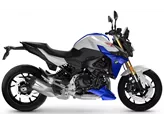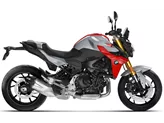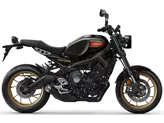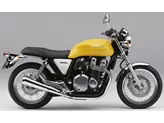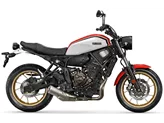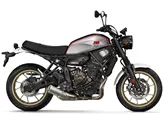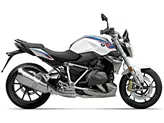Yamaha XSR900 2018 vs. BMW F 900 R 2020

Yamaha XSR900 2018
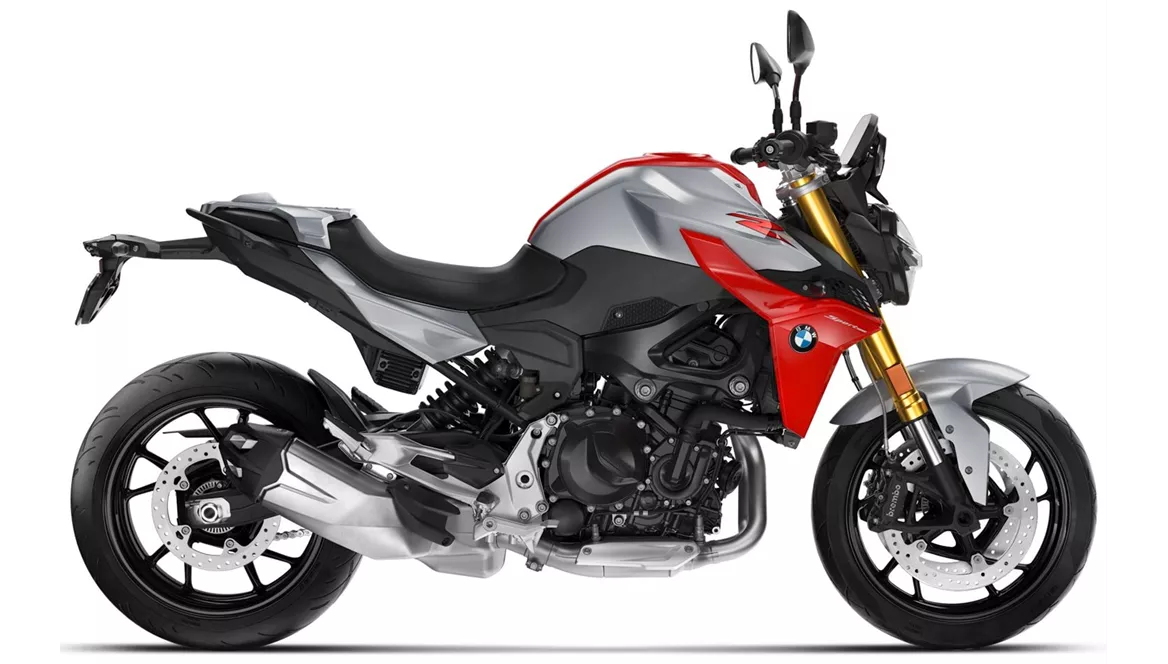
BMW F 900 R 2020
Overview - Yamaha XSR900 2018 vs BMW F 900 R 2020
The Yamaha XSR900 2018 and the BMW F 900 R 2020 are both naked bikes that offer a thrilling riding experience. However, there are some notable differences between the two models.
In terms of engine power, the Yamaha XSR900 2018 comes out on top with 115 HP compared to the BMW F 900 R 2020's 105 HP. The Yamaha also has slightly lower torque at 87.5 Nm compared to the BMW's 92 Nm. Both bikes have in-line engines with liquid cooling, but the Yamaha has three cylinders while the BMW has two. The Yamaha has a larger displacement at 847 ccm, while the BMW has a slightly smaller displacement at 895 ccm.
When it comes to suspension, both bikes feature upside-down telescopic forks at the front and swing arm suspension with a monoshock at the rear. The Yamaha has an aluminum frame, while the BMW has a steel frame. The BMW's frame is a twin tube design and also serves as a load-bearing engine, providing additional stability.

Yamaha XSR900 2018
In terms of braking, both bikes have double disk brakes at the front. The Yamaha has a smaller diameter at 298 mm, while the BMW has a larger diameter at 320 mm. Both bikes also come equipped with ABS for advanced rider assistance.
In terms of dimensions and weights, both bikes have the same front and rear tire widths and diameters. The Yamaha has a slightly shorter wheelbase at 1440 mm compared to the BMW's 1518 mm. Both bikes have the same seat height at 815 mm. However, the BMW is slightly heavier with a kerb weight of 211 kg compared to the Yamaha's 191 kg. The BMW also has a smaller fuel tank capacity at 13 l compared to the Yamaha's 14 l.
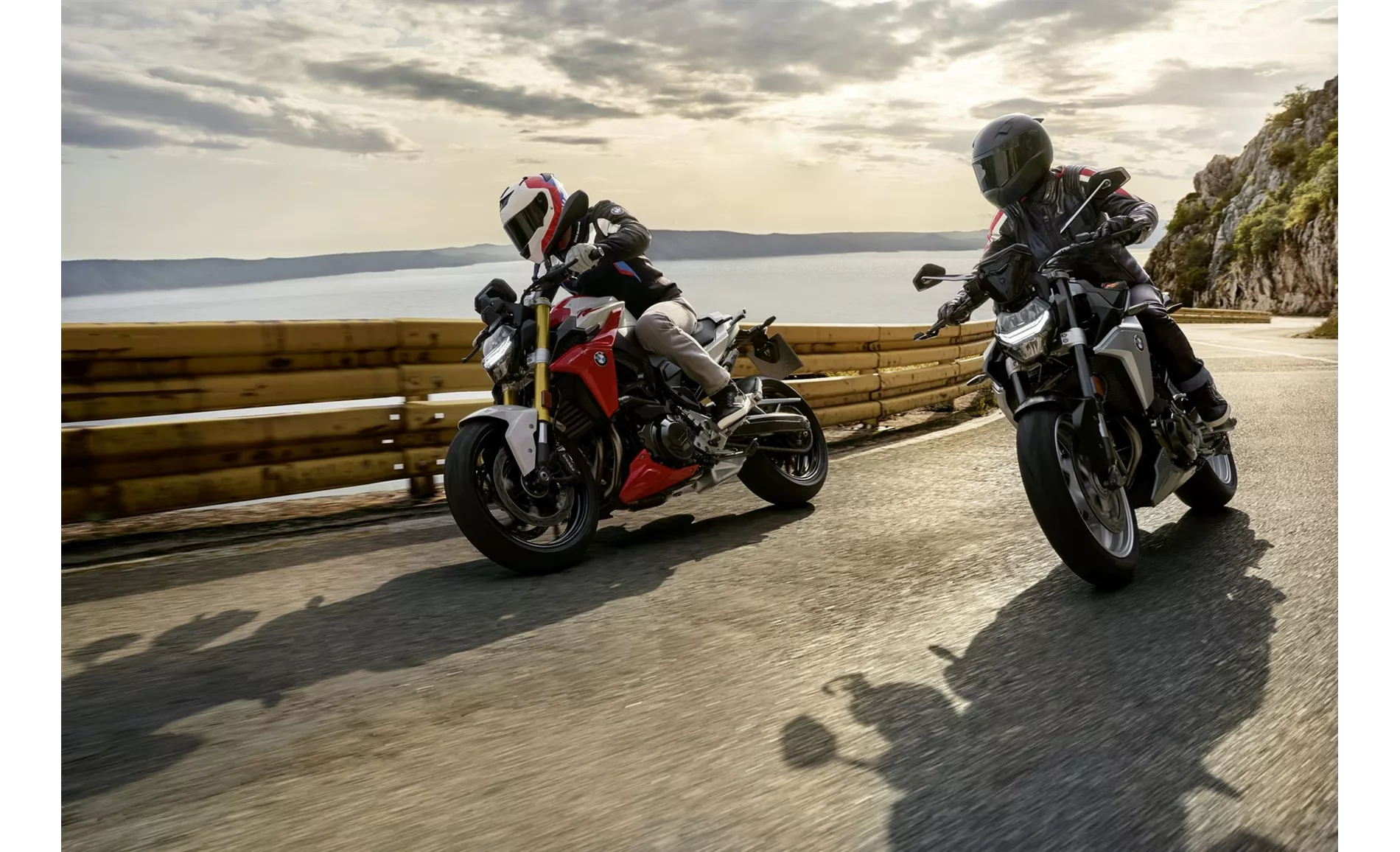
BMW F 900 R 2020
Now let's discuss the strengths and weaknesses of each bike. The Yamaha XSR900 2018 is praised for its extremely sporty and rev-happy engine, excellent brakes, and pleasant seating position. It is also known for its high-quality workmanship and good price-performance ratio. However, some reviewers have noted that the bike's response can be almost too direct and that the retro style is not thought through to the last detail.
On the other hand, the BMW F 900 R 2020 is praised for its easy handling and high stability. The chassis of the BMW has a fine response, and the engine is well-behaved. The brakes are also without blame, and the bike offers an active yet bearable seating position. Additionally, the BMW has an infinitely long list of accessories available. However, some reviewers have mentioned that the BMW has a small fuel tank capacity at 13 l and that the engine, while good, may not be as powerful as some competitors.
In conclusion, both the Yamaha XSR900 2018 and the BMW F 900 R 2020 offer exciting riding experiences with their own unique strengths and weaknesses. The Yamaha has a more powerful engine and a larger displacement, while the BMW offers easy handling and a stable chassis. Ultimately, the choice between the two will depend on individual preferences and priorities.
Technical Specifications Yamaha XSR900 2018 compared to BMW F 900 R 2020
Pros and Cons in comparison
Pros and Cons in comparison
Yamaha XSR900 2018

La Yamaha XSR900 est une illusion d'optique classique - avec son phare rond, son réservoir anguleux et son feu arrière rapporté, elle passe clairement pour une moto rétro. Mais ce n'est pas un hasard si ses performances rappellent celles de la puissante moto tout terrain de classe moyenne Yamaha MT-09, car celle-ci constitue la base extrêmement sportive de la XSR900. Le moteur est donc une merveille et les freins sont très puissants. En ce qui concerne le châssis, les techniciens n'exagèrent heureusement pas, la XSR900 offre suffisamment de confort et la position d'assise droite est plus confortable que ne le laisserait supposer le moteur puissant. Dans la catégorie des motos rétro, la XSR900 est néanmoins l'un des modèles les plus sportifs.
BMW F 900 R 2020
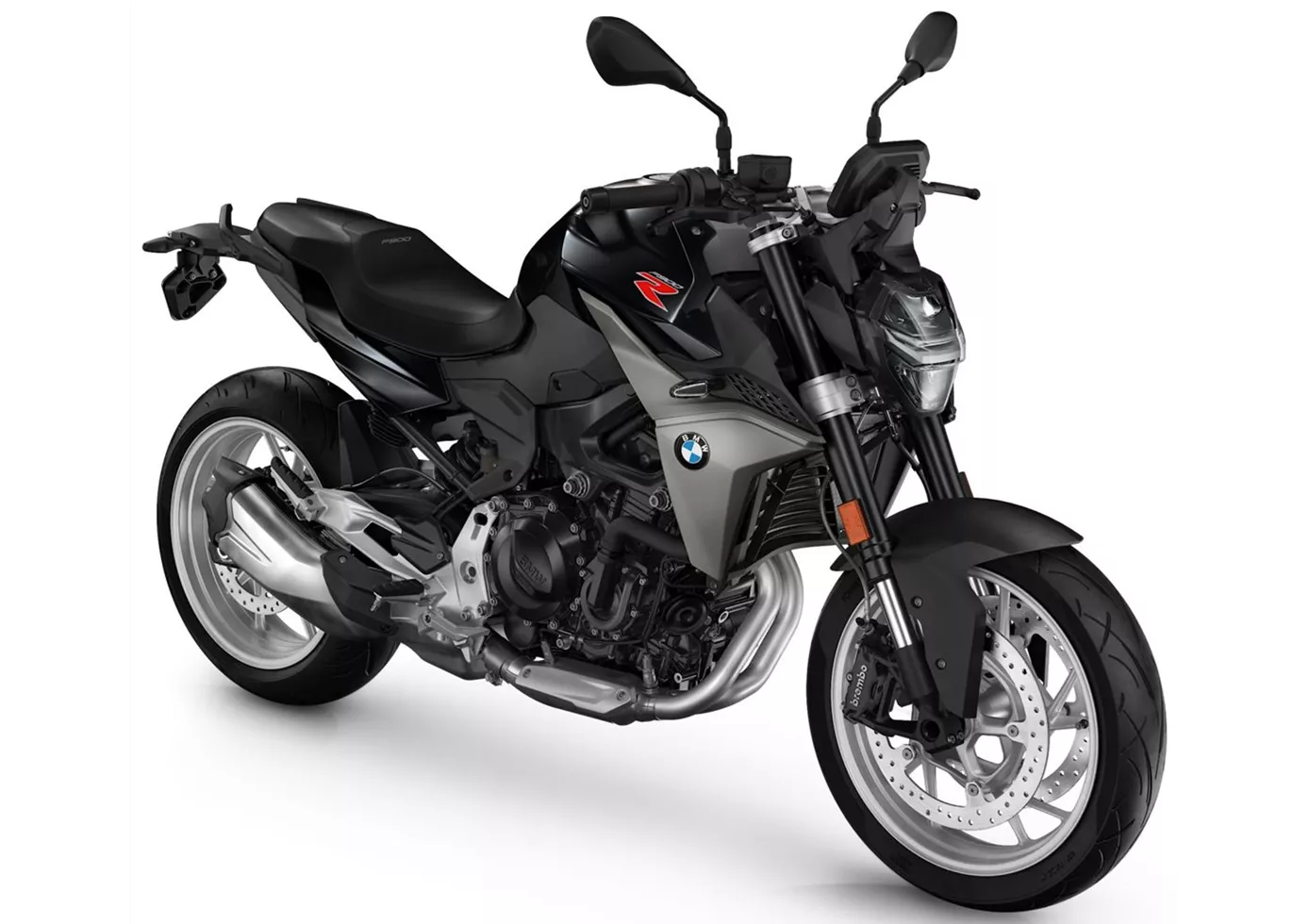
La BMW F 900 R offre un plaisir facile à prendre en virage, une énorme stabilité, une position de conduite active mais confortable et un moteur sans friction mais aussi sans émotion. Si vous aimez la vitesse et les virages, vous serez heureux avec elle. Les possibilités de configuration sont infinies mais ne sont pas gratuites.
Price Comparison Avarage Market Price Yamaha XSR900 vs BMW F 900 R
There are a few key differences between a Yamaha XSR900 2018 and a BMW F 900 R 2020. In terms of price, the actual average price of a BMW F 900 R 2020 is about 24% higher. A Yamaha XSR900 2018 experiences a loss of 180 USD in one year and 120 USD in two years of ownership. This is offset by a loss of 700 USD and 700 USD for a BMW F 900 R 2020. Compared to BMW F 900 R 2020 there are less Yamaha XSR900 2018 bikes available on the 1000PS.de Marketplace, specifically 4 compared to 14. It takes less time to sell a BMW F 900 R with 82 days compared to 123 days for the Yamaha XSR900. Since model year 2016 1000PS.de editors have written 30 reviews for the Yamaha XSR900 and 24 reviews for the BMW F 900 R since model year 2020. The first review for the Yamaha XSR900 was published on 11/25/2015 and now has more than 17,600 views. This compares to more than 154,700 views for the first review on BMW F 900 R published on 11/5/2019.







